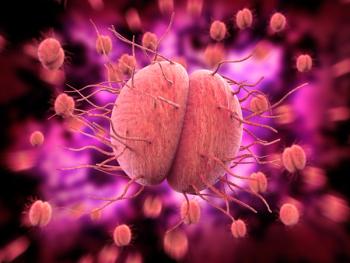
Psoriasis: Varied presentations, individualized treatment
Use this picture-packed review to discern the many faces of psoriasis, to distinguish the dermatologic disorder from other skin conditions, and to choose the best treatment option.
DR. WONG and DR. ROGERS are dermatologists with Children's Hospital Medical Centre, New South Wales, Australia. They have nothing to disclose in regard to affiliations with, or financial interests in, any organization that may have an interest in any part of this article.
Staff editors: SUZANNE WOLFE, Managing Editor, and JOHN BARANOWSKI, Editor, Contemporary Pediatrics
The authors, manuscript reviewers, and staff editors have nothing to disclose in regard to affiliations with, or financial interests in, any organization that may have an interest in any part of this article.
The precise incidence of childhood psoriasis is difficult to determine because "psoriasis" is not clearly defined. It is well established, however, that the incidence among boys and girls in the pediatric population is roughly equal.1 The disease can develop at any age; peak age of onset is between 15 and 25 years.3,4
Between 30% and 50% of patients with psoriasis have a positive family history for the condition.1,5,6 Psoriasis is a polygenetic disease with contributing environmental factors. Predisposing genetic influences include association with certain human leukocyte antigens (HLA), especially the HLA class 1 antigen Cw6.7 Chromosome 6 is thought to carry a major susceptibility gene to psoriasis.7 Streptococcal infection of the throat or perianal area commonly precipitates childhood psoriasis, especially the guttate type.
Clinical features
Newsletter
Access practical, evidence-based guidance to support better care for our youngest patients. Join our email list for the latest clinical updates.










